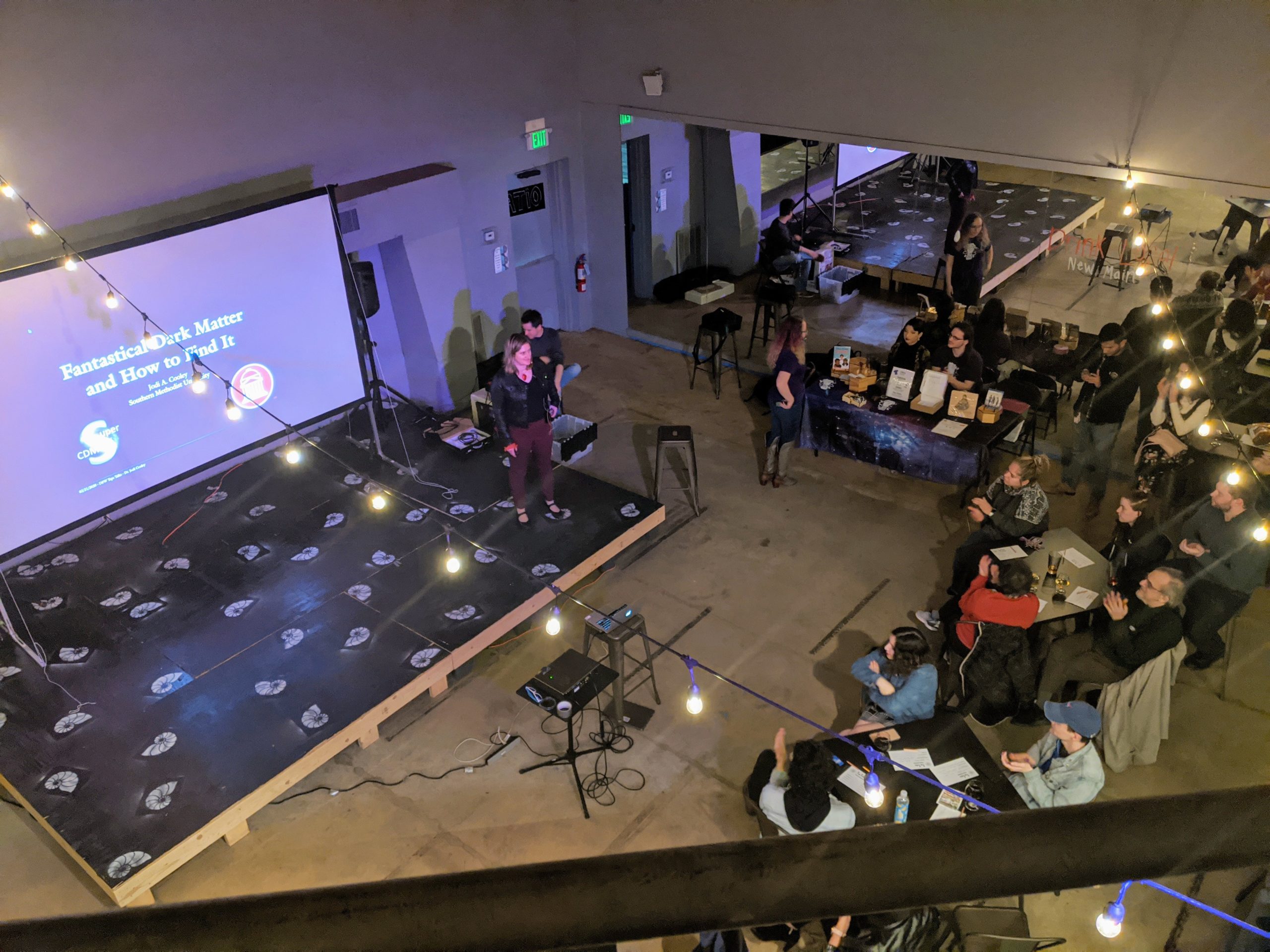This is the last day of physics content meetings at the Frontiers in Contemporary Physics III meeting at Vanderbilt University in Tennessee. Today we closed with an overview of the theory of the strong interaction, referred to as “Quantum Chromodynamics”, or QCD. What amazed me was that this theory, whose development earned a nobel prize last year for David J. Gross, H. David Politzer, and Frank Wilczek, is now capable of computing critical interaction cross-sections at high-order in the perturbation expansion. Such calculations are needed at the LHC and Tevatron for a clearer understanding of multi-jet production from proton-(anti)proton collisions.
The talks on QCD were intermixed with an overview of the latest results from RHIC on its studies of the quark-gluon plasma, a liquid-like state that QCD says should have existed at very early times in the universe. The current evidence, gathered by colliding heavy atomic nuclei (i.e. Gold), suggests that this plasma acts like the most perfect fluid ever realized by nature. I was very exciting to the the evidence appear in the data, and when compared to control samples it was clear the effect was real.
After the RHIC talks, a question from the audience was posed to the speaker that asked him to comment on the politics in U.S. federal funding of nuclear physics. This is a program within the Department of Energy that does basic research using Brookhaven National Lab (i.e. RHIC), Jefferson National Lab (Virginia), and other facilities. The budget is way down this year, for a variety of reasons. The speaker commented that if you project to 2010, the cuts would total 25%. This would require the closing of a lab or the vast cutting back of university programs. He also commented that a review process is beginning now within the DOE to determine what programs are a priority for the U.S. There’s that “P” word again.
Don’t get me wrong – I believe that if a program has run out of steam, you have to cut back and put money into the more important programs. But for a facility like RHIC, whose investigation of the quark-gluon plasma has opened a new universe of fundamental physics and posed us many great questions, it seems like suicide for U.S. physics to pursue cutting it away. We’ll have to wait and see, I guess, how this process proceeds.
Unrelated to the conference, I saw a commercial for E-trade today that hyped its product by using images and words like, “When you set out to be a musician, you don’t set out to be an average musician” (picture of Bob Dylan). Near the end, they showed Stephen Hawking (and spoke similar words), and in the foreground of the picture were the words “…particle accelerator…” written on glass with a wax pencil. It was a little refreshing to see physics right up there with music, sports, etc. in that ad.
Tomorrow we close out the conference with a morning-only set of overview talks, and then I’m going to take the afternoon to wander around Nashville.




